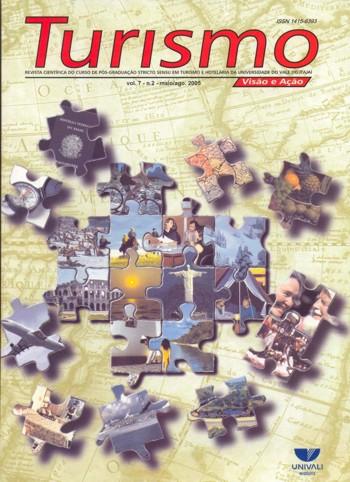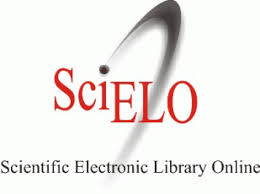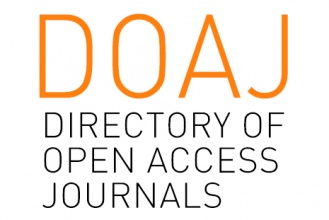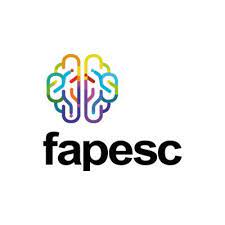Tourism in the Santa Catarina Serra Region: an exercise in observation of the population of the municipal district of Urubici
DOI:
https://doi.org/10.14210/rtva.v7n2.p387-398Abstract
The tourism discourse found in material publicizing the State of Santa Catarina is based on a population made up of descendents of European immigrants, in particular, Germans and Italians. An example of this is the "traditional" festivals which take place in the State, such as the Oktoberfest (Blumenau / Itapiranga - German), the Fenarreco (Brusque - German), The Wine Festival (Urussanga - Italian), and the Ritorno alle Origene (Urussanga - Italian). These festivals help to promote tourism in the State, and show a positive discourse in relation to these populations. The European immigrants that came to Brazil, principally in the 19th Century, also settled in the serra, or hilly region of Santa Catarina. However, prior to these groups, the local population was made up of indigenous, black and Portuguese populations. Nowadays, the descendents of these different populations continue to live in the region, and can be observed if one looks closely. And how are these populations presented in the tourism discourse? The article describes a proposal aimed at analyzing the tourism discourse of the town of Urubici, based on the inclusion/exclusion of the local population in this tourism thinking. Key words: Tourism; Tourism Discourse; Inclusion / Exclusion.Downloads
Download data is not yet available.
Downloads
How to Cite
Souza, Ângela M. de. (2005). Tourism in the Santa Catarina Serra Region: an exercise in observation of the population of the municipal district of Urubici. Turismo: Visão E Ação, 7(2), 387–398. https://doi.org/10.14210/rtva.v7n2.p387-398
Issue
Section
Comunications - Meetings and abstracts












